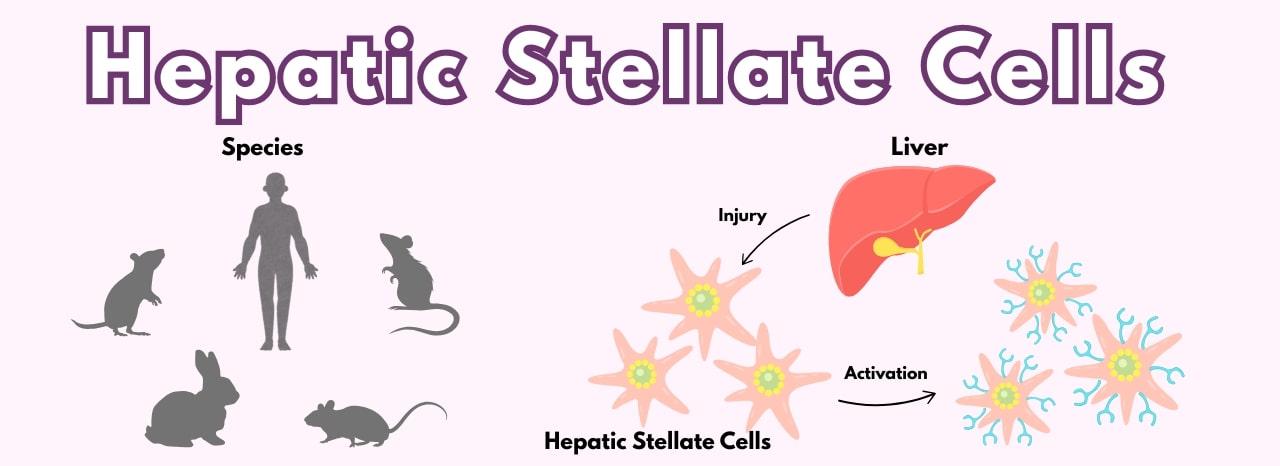
Hepatic stellate cells (HSteC) are essential intralobular connective tissue cells that perform diverse functions in the liver, including extracellular matrix homeostasis, repair, regeneration, fibrosis, and control of retinol metabolism, storage, and release. HSteC are a powerful model for studying liver fibrosis, cell-matrix interactions, and for screening potential anti-fibrotic therapies.
ScienCell offers high-quality Human and Animal Hepatic Stellate Cells from a variety of species and are ideal for building more predictive in vitro liver models and advancing drug discovery efforts. Unlock liver disease pathogenesis and injury responses with our human, C57BL/6 mice, CD1 mice, rat, and rabbit stellate cells.
Key Roles of HSteC in Liver Physiology and Pathology
- Extracellular Matrix Homeostasis: HSteC actively participate in maintaining the delicate balance of the liver's structural framework
- Liver Repair and Regeneration: Following liver damage, HSteC are key players in the healing process
- Fibrogenesis: Upon liver injury, HSteC transform into myofibroblast-like cells and become the primary source of type I collagen in the fibrotic liver. Understanding this transformation is vital for developing anti-fibrotic therapies.
- Microcirculation Regulation: HSteC can contract, thereby influencing hepatic microcirculation. In disease states, they are implicated in the pathogenesis of intrahepatic portal hypertension.
- Inflammation and Fibrogenesis: The proliferation and migration of HSteC, along with the expression of chemokines, contribute significantly to the development of liver inflammation and fibrosis.
- Retinol Metabolism: HSteC are involved in the control of retinol metabolism, storage, and release
Human Hepatic Stellate Cells (HHSteC, Cat. No. 5300)
Our HHSteC are isolated directly from human liver and cryopreserved at passage one to ensure high viability and quality. Each vial contains >5 x 105 cells in a 1 ml volume.
- Characterized by immunofluorescence with antibodies specific to α-smooth muscle actin
- Tested negative for HIV-1, HBV, HCV, mycoplasma, bacteria, yeast, and fungi
- Guaranteed to further expand for 15 population doublings under recommended conditions
For the superior in vitro culture of HHSteC, we recommend using Stellate Cell Medium (SteCM, Cat. #5301)
Mouse Hepatic Stellate Cells (MHSteC, Cat. No. M5300)
- Isolated from postnatal day 2 or day 8 mouse liver
- Cryopreserved at passage one and delivered frozen
- Each vial contains >5 x 105 cells in 1 ml volume
Also available:
Mouse Hepatic Stellate Cells from C57Bl/6 (MHSteC, Cat. No. M5300-57)
Rat Hepatic Stellate Cells (RHSteC, Cat. No. R5300)
- Isolated from postnatal day 2 or postnatal day 8 rat liver
- Guaranteed to further expand for 5 population doublings under the recommended conditions
- Each vial contains >5 x 105 cells in 1 ml volume
Also available:
Rat Hepatic Stellate Cells-adult (RHSteC-a, Cat. No. R5300-a)
Rabbit Hepatic Stellate Cells (RabHSteC, Cat. No. Rab5300)
- Isolated from rabbit liver
- Cryopreserved at passage one and delivered frozen
- Each vial contains >5 x 105 cells in 1 ml volume
Recommended Medium:
Stellate Cell Medium (SteCM, Cat. No. 5301)
It is a sterile, liquid medium containing essential and non-essential amino acids, vitamins, organic and inorganic compounds, hormones, growth factors, and trace minerals. It is HEPES and bicarbonate buffered to maintain a physiological pH of 7.4.
When used with Stellate Cell Growth Supplement (SteCGS, Cat #5352) and 10 ml of fetal bovine serum (FBS) is a complete medium designed for optimal growth of normal stellate cells in vitro.
Ready to do your liver research?
Explore the potential of Hepatic Stellate Cells and Stellate Cell Medium
from ScienCell Research Laboratories!
Place your orders today!

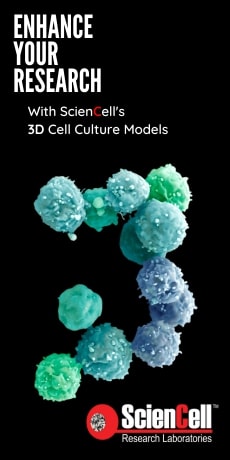
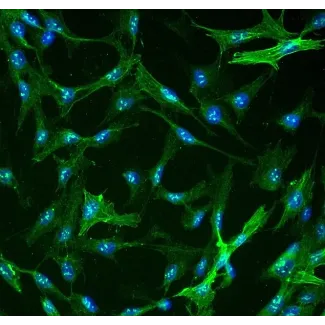
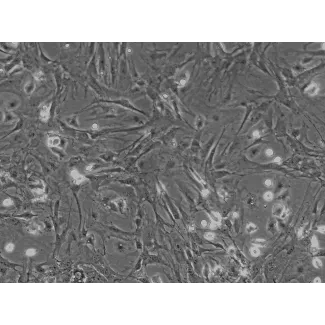
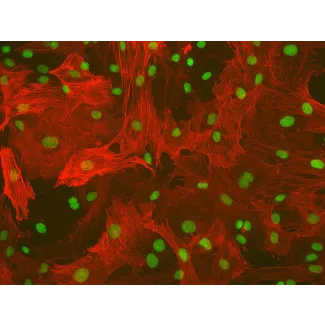
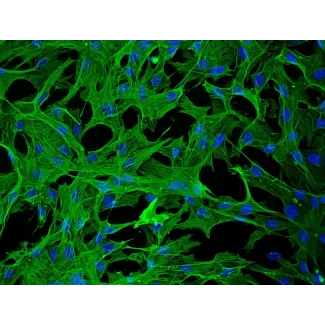
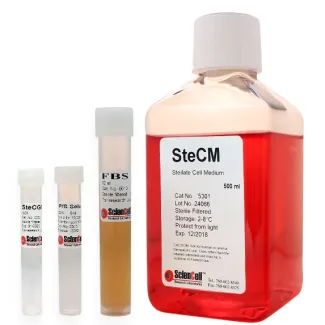



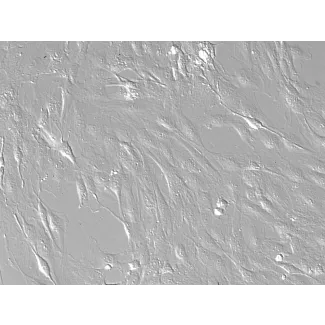
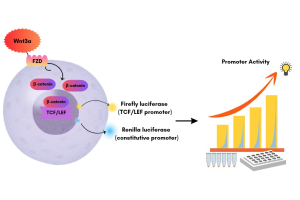
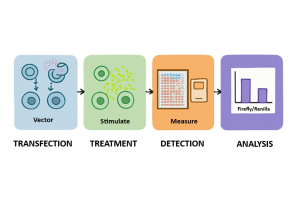
.jpg)
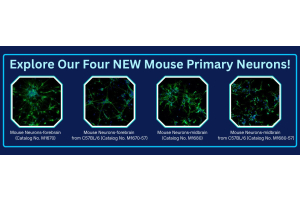
.jpg)